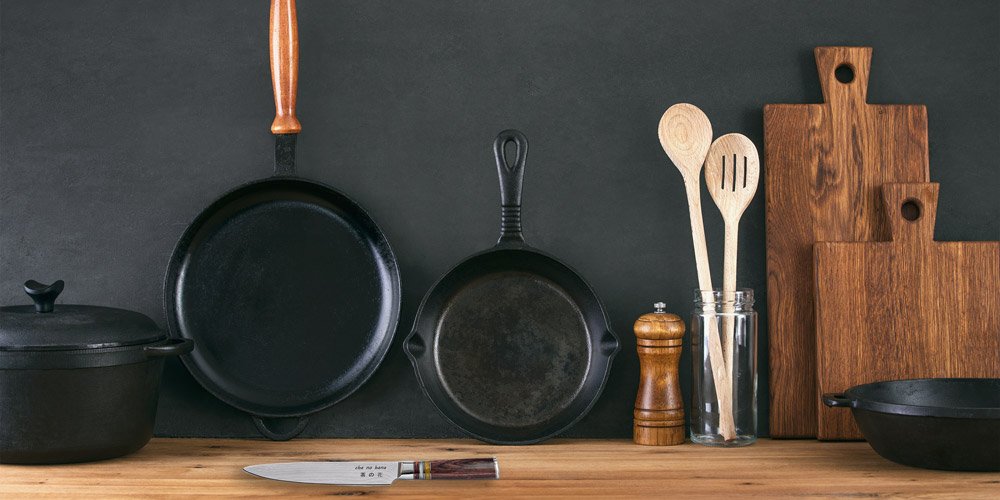As environmental concerns become more pressing, sustainability has emerged as a major focus in consumer markets. The tableware industry, long reliant on disposable plastic products, is undergoing a profound transformation. Single-use plastic plates, cutlery, and cups, once seen as convenient, are now recognized as major contributors to pollution, with millions of tons of plastic waste accumulating in landfills and oceans annually. In response, both consumers and businesses are turning to sustainable and eco-friendly tableware as a viable alternative. These products are designed to minimize environmental impact through the use of biodegradable, compostable, or reusable materials like bamboo, cornstarch, and stainless steel. The transition is not merely a passing trend but a significant shift toward aligning everyday consumer behavior with broader environmental goals. This change is also being propelled by government regulations banning or limiting the use of single-use plastics, prompting industries to innovate. Sustainable tableware represents a blend of practicality and environmental responsibility, meeting the needs of consumers while addressing global sustainability challenges.
The surge in demand for sustainable tableware is part of a broader shift in consumer behavior and market trends. Over the last decade, awareness about the environmental costs of single-use plastics has skyrocketed, prompting consumers to seek greener alternatives. The market is witnessing an explosion of products made from natural and renewable resources. Bamboo, for instance, has become a popular material due to its fast growth and biodegradability, while sugarcane and palm leaves offer other sustainable options. Reusable products are also gaining popularity, with stainless steel and durable glass items becoming staples in many households and commercial establishments. Another trend is the increasing aesthetic appeal of sustainable tableware, as consumers now seek not only functionality but also style in their eco-friendly products. Companies are leveraging design to create visually appealing products that can compete with traditional tableware. Moreover, digital platforms and social media have played a crucial role in spreading awareness, making eco-conscious choices more accessible and desirable. These shifts indicate a robust growth trajectory for sustainable tableware, driven by both consumer demand and the innovation of manufacturers.
The adoption of sustainable tableware has wide-ranging impacts, both environmental and economic. Environmentally, these products help reduce the dependency on plastics and mitigate the pollution crisis. Biodegradable and compostable options break down naturally, reducing the burden on landfills and oceans. Reusable products, on the other hand, contribute to waste reduction by offering long-term solutions for households and businesses alike. On the economic front, the sustainable tableware market is creating new opportunities. Start-ups and established players are innovating to cater to this growing demand, leading to job creation in green manufacturing and supply chains. However, the shift comes with challenges. Sustainable products often have higher upfront costs, which can deter budget-conscious consumers. Additionally, there is a need for infrastructure to support proper disposal and recycling of compostable materials. Despite these hurdles, the implications of adopting sustainable tableware are overwhelmingly positive. It not only aligns with global sustainability goals but also encourages responsible consumption patterns, ultimately benefiting both the planet and the economy.
The sustainable tableware market is highly diverse, catering to a wide range of consumers and applications. Segmentation based on material type reveals various options, including bamboo, sugarcane, cornstarch, and stainless steel, each offering unique benefits. Bamboo, for example, is lightweight and durable, making it ideal for both casual and formal settings, while sugarcane and cornstarch are primarily used for disposable, compostable products. Product segmentation includes plates, bowls, cups, cutlery, and straws, with varying demand across different consumer groups. Residential consumers often opt for reusable products for daily use, while restaurants and event organizers prioritize compostable items to reduce waste. Geographic segmentation also highlights interesting dynamics. Developed markets in North America and Europe lead in adoption, driven by stricter environmental regulations and higher consumer awareness. Meanwhile, emerging markets in Asia-Pacific and Latin America are experiencing rapid growth as governments introduce policies to curb plastic use and consumers become more eco-conscious. This segmentation underscores the broad appeal and diverse applications of sustainable tableware.
The future of the sustainable tableware market is bright, with significant growth projected in the coming years. Technological advancements will continue to drive innovation, leading to the development of new materials that are both environmentally friendly and cost-effective. For instance, research is underway to create compostable products with enhanced durability and usability. Governments will play a critical role by enforcing stricter regulations on plastic usage and providing incentives for businesses to adopt sustainable practices. Meanwhile, consumer awareness is expected to grow, fueled by educational campaigns and increased visibility of environmental issues. Social media and influencers will further amplify this trend, showcasing eco-friendly lifestyles and products. As a result, sustainable tableware is likely to become a mainstream choice rather than a niche market. Businesses that invest in sustainability will not only contribute to environmental conservation but also gain a competitive edge in an increasingly eco-conscious market. Ultimately, the transition to sustainable tableware represents a pivotal step toward a greener future.





 We are friendly and approachable, give us a call.
We are friendly and approachable, give us a call.